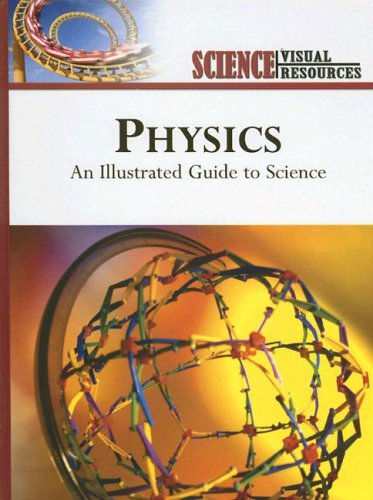

Most ebook files are in PDF format, so you can easily read them using various software such as Foxit Reader or directly on the Google Chrome browser.
Some ebook files are released by publishers in other formats such as .awz, .mobi, .epub, .fb2, etc. You may need to install specific software to read these formats on mobile/PC, such as Calibre.
Please read the tutorial at this link: https://ebookbell.com/faq
We offer FREE conversion to the popular formats you request; however, this may take some time. Therefore, right after payment, please email us, and we will try to provide the service as quickly as possible.
For some exceptional file formats or broken links (if any), please refrain from opening any disputes. Instead, email us first, and we will try to assist within a maximum of 6 hours.
EbookBell Team

4.0
6 reviewsMcMonagle Derek. Physics - An Illustrated Guide to Science [Science Visual Resources] 2006 [pdf 209sc 208c. 8.56mb]
Physics: An Illustrated Guide to Science is one of eight volumes of ''Facts On File's'' new ''Science Visual Resources'' set. Containing five sections, a comprehensive glossary, a Web site guide, and an index, ''Biology'' is an ideal learning tool for students and teachers of science. Full-color diagrams, graphs, charts, and maps on every page illustrate the essential elements of the subject, while parallel text provides key definitions and step-by-step explanations. The five sections include: ''Forces'' - provides an overview of Newton's laws of motion and gravity. It also describes the physics of simple machines and explains the distinction between the concepts of heat and work; ''Energy'' - examines the concept of energy in more detail. This section covers thermal conduction, radiation, and convection, as well as describes changes in energy type. The industrial production of energy as well as possible sources of renewable energy are also described here; ''Waves, Sound, and Light'' - is concerned with the wave motion of light and sound energy. The principles of superposition, interference, diffraction, polarization, and reflection are covered in this section. There is also a survey of lenses and optical instruments; and ''Electricity'' - details the basic concepts of electrical energy and magnetism. Subjects covered in this section include induction, electrostatics, electric current, electromotive force, electrolysis, transformers, and electric motors. It also includes: ''Electronics'' - is an overview of the practical issues involved in the design of devices that control the flow of electrons or other charged particles. It includes a comprehensive guide to circuit symbols, a look at microprocessors, and a thorough grounding in circuit logic.